As a Londoner myself, I have an ear for Cockney rhyming slang; that colorful banter of London's East End which substitutes a rhymed phrase for the word otherwise used. Thus: plates of meat = feet, apples and pears = stairs, trouble and strife = wife, butcher's hook = look, and so on. It's a simple code language, which becomes a notch more complicated when the rhymes are dropped - as in practice they often are. So: plates = feet, butcher's = look, apples = stairs, etc. And even further: 'beady minces' = mince pies = eyes. You catch on fast. ;)
No prizes for guessing that in this slang, 'believe' is substituted by 'Adam and Eve'. After all, this pair of names has become embedded in our culture, whether the original scriptural account is personally meaningful to us or not. Although this significance or otherwise is not the point of this post, it seemed like a plan to have a look at two contrasting portrayals of the subject and to see where things lead.
No prizes for guessing that in this slang, 'believe' is substituted by 'Adam and Eve'. After all, this pair of names has become embedded in our culture, whether the original scriptural account is personally meaningful to us or not. Although this significance or otherwise is not the point of this post, it seemed like a plan to have a look at two contrasting portrayals of the subject and to see where things lead.

Albrecht Dürer engraved his masterpiece portrayal of the subject (above) in 1504. Dürer’s Eden is a place not without its whimsical charms. Here, as we can see, a sleepy cat can lie peaceably close to a quietly approaching mouse, and an otherwise northern European wood, stocked with rabbits, deer, and even a domestic cow, can also accommodate an incongruous tropical parrot. And almost overlooked in a top corner, this nimble-footed goat (detail, below) seems to be searching for new adventures. The shadows of the forested background lend an almost dimensional quality to the contrasting classically posed figures, and Dürer's engraving burin creates an astonishingly varied textured surface of leaves, bark, rock, flesh and flowing hair.

If we want to analyse the inner harmony which Dürer's scene radiates, we can find it in his use of the so-called Golden Section (or Golden Mean) rectangle. Dürer would have learned of the construction of this famous proportion, used in art and architecture since the Ancient World, during his stay in Italy. The method of its construction (below) is simple enough: a square is bisected, and from the base line an arc is swung from the top corner back down to the extended base line. The resulting rectangle is 1 unit high by phi long, the mysterious phi measure (as with pi) being both mathematically constant and indeterminate.

An artist can use such devices as the Golden Section rectangle to control and enhance drama in a scene. In preparation for his engraving of Adam and Eve, Dürer made this pen and wash study (below). The poses of the figures are identical to the subsequent engraving (which Dürer would have engraved onto his metal plate the same way round as the sketch), but whereas in the study Eve is on the same eye level as Adam, in the engraving Dürer has placed her slightly lower.

When a Golden Section rectangle is superimposed upon the two scenes (below, in which the sketch is transposed to match the printed engraving), in such a way that the principal vertical construction lines align with the median lines of the figures (and also, as it happens, with the median line of the tree), the reason for the alteration between the study and the engraving becomes clear: in the engraving, the 'sweet spot' of the rectangle (here highlighted) now falls exactly at the point of greatest drama - the place where Eve's fingertips touch the fruit offered by the serpent.

Dürer's masterpiece influenced those artists who came after him, but finding an example from our own time of a depiction of the subject whose creation has been motivated by a genuine scriptural sincerity (rather than by a tongue-in-cheek irony) has proven difficult. The Creation *Museum in Kentucky has produced its own version for its displays (below), which at least meets my criterion of its creators being driven by a genuine religious belief in their subject material. And that, to me, is the single most puzzling thing about it.

For in spite of the undoubted religious sincerity of its creators (and who could cling more loyally to literal readings of Biblical texts than a creationist?), this particular depiction of Adam and Eve presents us with a scene from Eden as maudlin as it is trite. All the power, mystery and wonder of one of our culture's most potent and enduring stories has here been reduced to the appearance of a banal theme park attraction - and by the very people who presumably believe in its actuality the most. No Golden Section rectangles here to enhance any radiant harmony of the scene. Instead, we are presented with an Adam whose niftily-trimmed beard and 80's-style hairdo matches nicely with Eve's one-length-covers-all hair. Eve might here be shown in a state of innocence before the Fall, but she was clearly made by uptight post-Fall hands and minds that evidently were guiltily troubled by even a glimpse of female breasts.
And although Dürer at the beginning of the 16th century might not have been deflected by such issues, in this day and age the depiction of such an obviously Caucasian Adam and Eve raises questions of racist bias that I'm sure some must find both ludicrous and offensive. A theme park-style Eden? Would you Adam and Eve it?

Artist: Albrecht Dürer
Work: 'Adam and Eve' (aka: 'The Fall of Man', aka: 'The Fall'), 1504
Medium: Engraving
Location: Prints from the engraved plate are housed in various museum collections, including The Rijksmuseum, Amsterdam, The Fine Arts Museum of San Francisco, The National Gallery of Canada, Ottawa, The Allen Memorial Art Museum, Oberlin, Ohio, The Cincinnati Art Museum, Yale University Art Gallery, New Haven, Connecticut, and others. The drawing in pen, brown ink and wash is housed in The Pierpont Morgan Library, New York.
Artist(s): Preparatory staff of the Creation Museum
Work: Adam and Eve in the Garden of Eden, 2006
Medium: Painted fiberglass cast from sculpted originals, synthetic hair, and other materials
Location: The Creation Museum, Petersburg, Kentucky
Sources: Original Golden Section rectangle research, diagrams and applications by Hawkwood.
*It can only be an irony that in an apparent striving after a spurious academic respectability by describing itself as a museum, the ultra-Christian (and anti-science) Creation Museum named itself - presumably unknowingly - after the pagan temple of the Muse in Ancient Greece, which is the source of our word 'museum'.



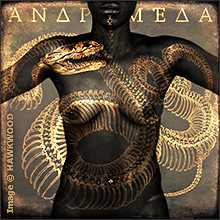
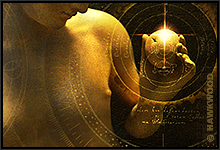




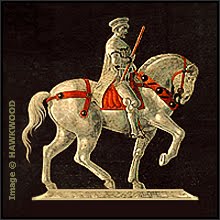
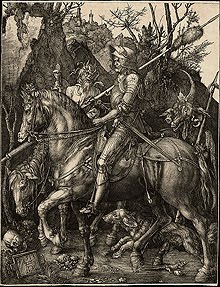
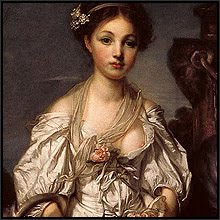










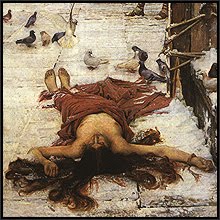

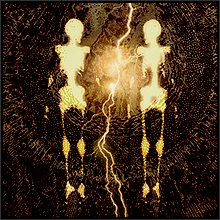
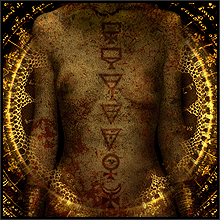
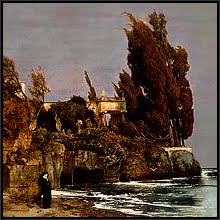
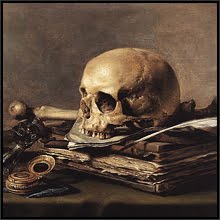
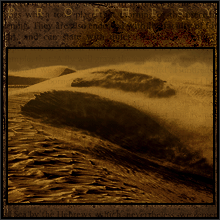

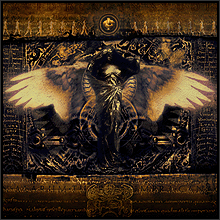

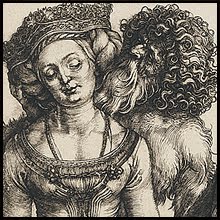
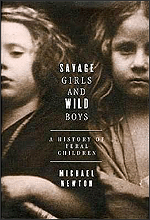

No comments:
Post a Comment
You are welcome to share your thoughts..